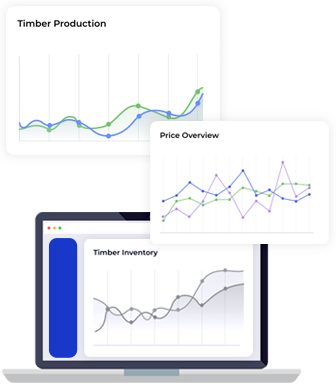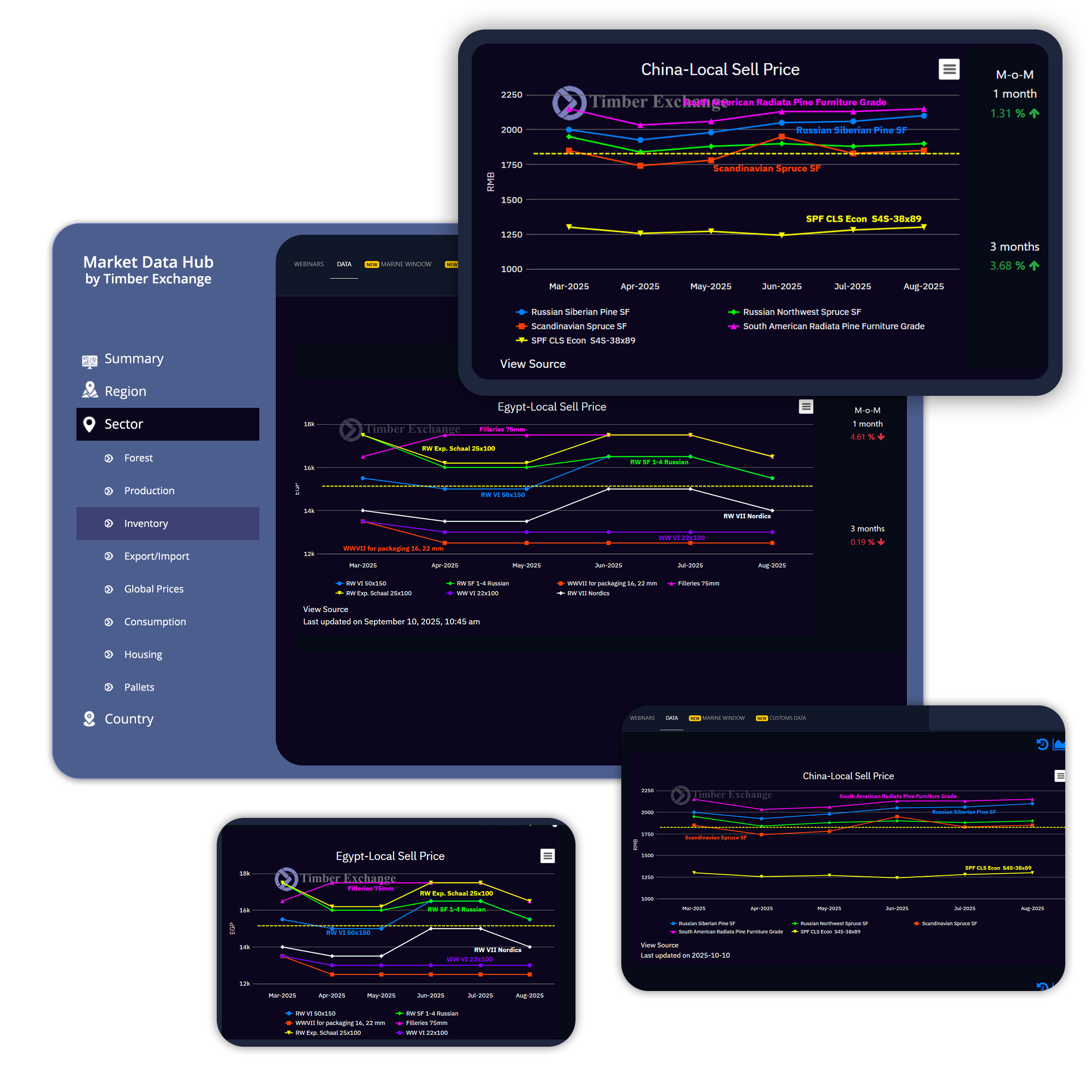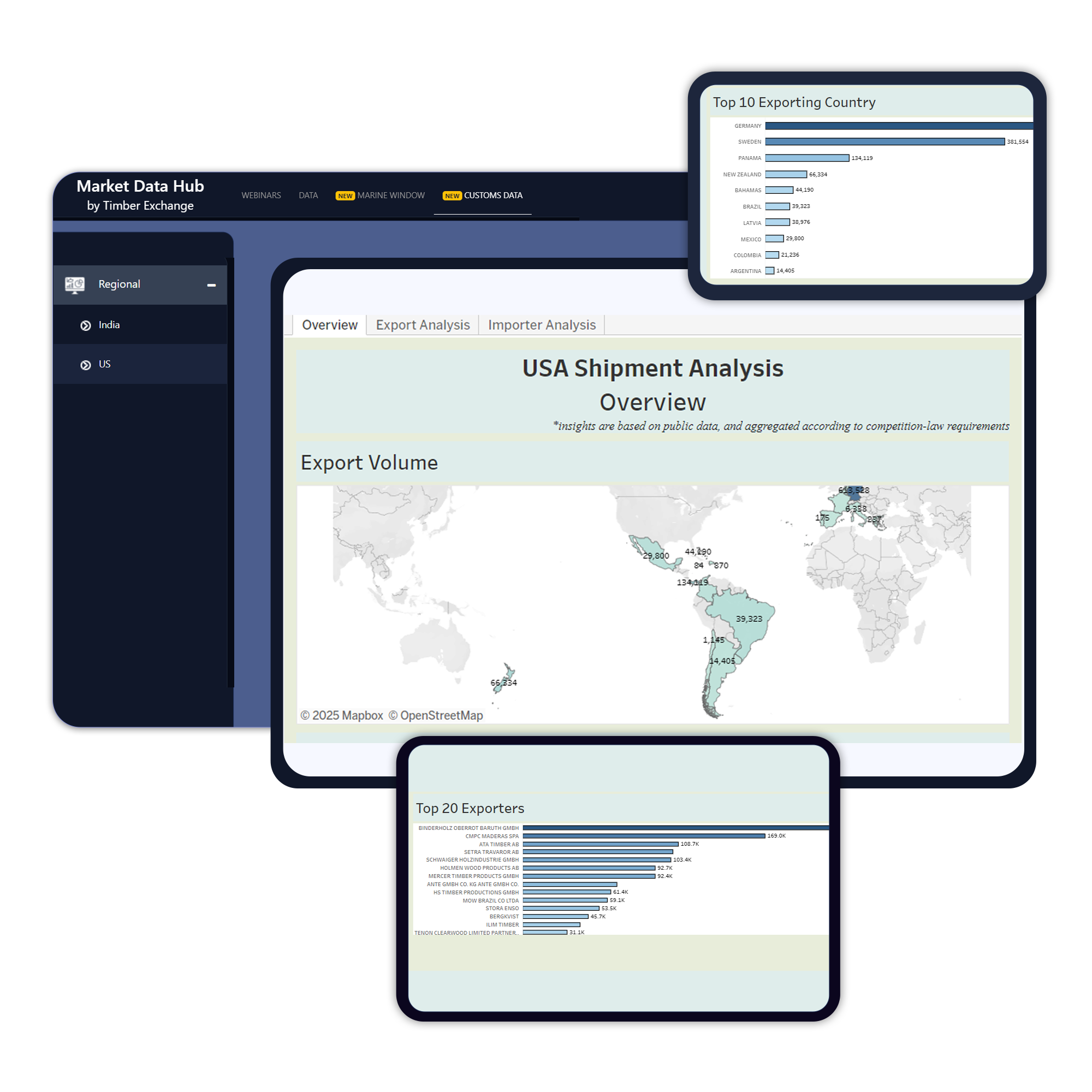
Georgia lawmakers seek solutions to revive struggling timber industry
Posted on August 30, 2024 |
Georgia’s forestry industry, worth $42 billion and providing 143,000 jobs, is facing challenges despite its success due to advanced tree genetics and a favorable climate making it the top forestry state in the U.S.
The industry is struggling as pulp and paper mills close due to strong foreign competition, leading to lower wood prices not seen since the 1970s.
To address the timber oversupply, efforts are being made to explore new markets in clean energy, such as cleaner aviation fuel, mass timber construction, and electric vehicle batteries.
The Senate Advancing Forest Innovation in Georgia Study Committee was created this year to find ways to boost investment in sustainable forest products and increase future demand.
The European Union will require commercial aircraft to use at least 6% sustainable aviation fuel (SAF) by 2030, with the percentage rising to 70% by 2050.
The move toward sustainable forest products supports global efforts to cut carbon emissions and promote clean energy.
Georgia’s forestry sector is looking for innovative ways to convert its timber oversupply into growth opportunities in new markets.





